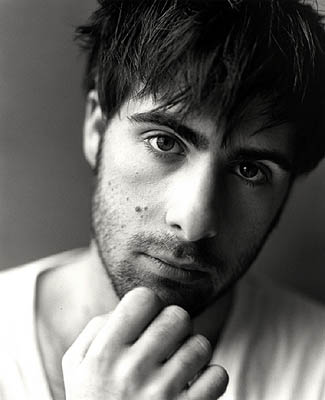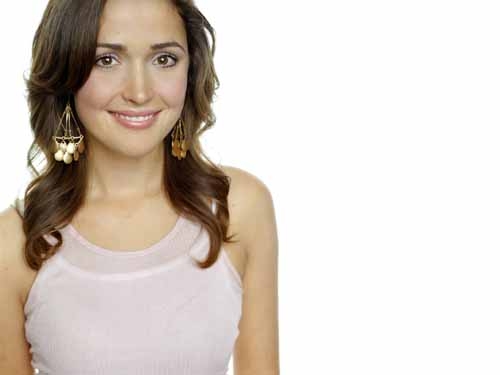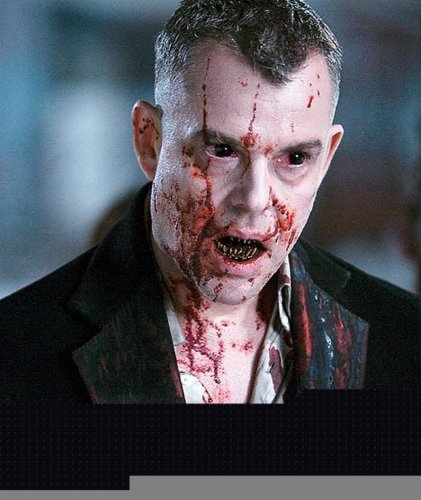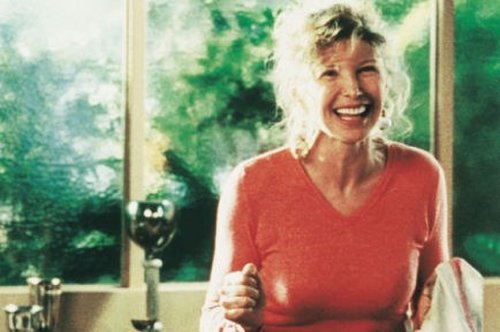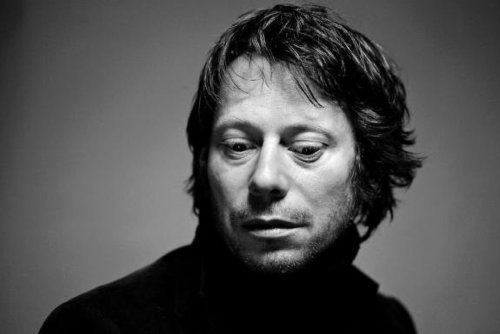| Fecha | Área | Bruto |
|---|---|---|
| 3 December 2006 | USA | USD 15,962,471 |
| 24 November 2006 | USA | USD 15,845,821 |
| 19 November 2006 | USA | USD 15,563,082 |
| 12 November 2006 | USA | USD 14,884,207 |
| 5 November 2006 | USA | USD 12,946,803 |
| 29 October 2006 | USA | USD 9,752,091 |
| 22 October 2006 | USA | USD 5,361,050 |
| 29 October 2006 | UK | GBP 641,566 |
| 22 October 2006 | UK | GBP 283,883 |
| 15 March 2007 | Worldwide | USD 60,862,471 |
| 18 July 2006 | France | USD 7,870,774 |
| 27 June 2006 | France | USD 7,243,721 |
| 6 August 2006 | Netherlands | EUR 260,749 |
| 11 June 2006 | Netherlands | EUR 30,598 |
| Fecha | Área | Bruto | Pantalla |
|---|---|---|---|
| 22 October 2006 | USA | USD 5,361,050 | 859 |
| 22 October 2006 | UK | GBP 283,883 | 179 |
| 11 June 2006 | Netherlands | EUR 22,344 | 22 |
| Fecha | Área | Bruto | Pantalla |
|---|---|---|---|
| 3 December 2006 | USA | USD 70,373 | 80 |
| 24 November 2006 | USA | USD 154,724 | 123 |
| 19 November 2006 | USA | USD 303,051 | 286 |
| 12 November 2006 | USA | USD 1,151,617 | 705 |
| 5 November 2006 | USA | USD 2,212,839 | 870 |
| 29 October 2006 | USA | USD 2,845,815 | 859 |
| 22 October 2006 | USA | USD 5,361,050 | 859 |
| 29 October 2006 | UK | GBP 133,590 | 122 |
| 22 October 2006 | UK | GBP 283,883 | 179 |
| 6 August 2006 | Netherlands | EUR 14,915 | 20 |
| 11 June 2006 | Netherlands | EUR 22,344 | 22 |



